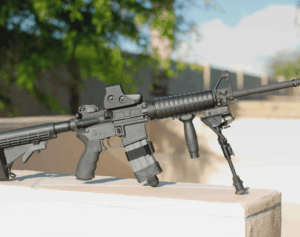
There are many
manufacturers that bring new models of very different qualities to market every
year. How can we compare all these solar panels and know which one is best for
our installation? The use of solar power has been so widespread in
many countries, even portable solar panels are very popular in the United States and several countries in Europe,
as awareness is increasing to use renewable energy.
There are countless factors to take into account: solvency of the manufacturer,
warranty conditions, references of operation in other facilities, quality in
the manufacturing process, certification tests and much more. They are
undoubtedly important factors but often difficult to find out. When we want to
buy a photovoltaic solar panel we usually look at the price and the technical
characteristics. And it is here that we must pay special attention to the
details to “translate” all that information and know which one is relevant to
make the decision of which panel to buy.

These are the main parameters to
consider before buying a photovoltaic solar panel:
1. Monocrystalline or polycrystalline. The basic difference is in the
manufacturing process. Monocrystalline silicon cells are obtained from a single
crystalline structure, while in polycrystalline cells the silicon paste is
allowed to slowly solidify on a mold, whereby a solid formed by small crystals
of silicon is obtained. The theoretical performance of monocrystalline is
slightly higher, and also its price. The difference is not critical, and for me
it is not a determining factor unless we have space problems. To distinguish it
we can look at the color of the panel: the monocrystalline modules have a
darker tone, while the polycrystalline modules are more bluish.
2. Working tension and number of cells. For solar installations isolated with
batteries, the panels are 36 cells (12 V) or 72 cells (24V). If we want to use
the module in a small isolated installation that feeds a battery (monoblock for
example) we will need 12V panels, while if our installation is a little larger
and has a larger accumulation system (two monoblock batteries or 12 glasses
stationary) we will need 24V panels.
The network connection facilities and the self-consumption solar kits usually
work with 60 cell panels that are not valid for isolated installations unless
we connect them to a charge regulator with maximum power point follower.
3. Output power.- It is the theoretical
output power of the solar module, the term we usually use to refer to the size
or capacity of the panel; Now it is a power that we almost never get under
normal operating conditions because this value has been measured under standard
measurement conditions: 1000 W / m2 of irradiation, at 25 ° C cell temperature
(we would have a cell temperature thus when the ambient temperature was
approximately -7.5 ° C) and a spectral distribution of 1.5 AM, conditions that
very rarely reproduce in our day to day.
This value helps us to compare two “same size” modules.
4. Tolerance.- Due to the manufacturing process and the different components
that make up a solar panel, the output power may vary significantly from that
indicated on the technical data sheet. We call this variation tolerance and it
can be indicated in W or in %. Imagine we have a 100W panel with a tolerance of
+/- 5%. It means that the panel can deliver a power between 95W and 105W. If
the panel cost us $ 100, in the first case we get $ 1.05 / Wp and in the second
$ 0.95 / Wp.
Hopefully the 4 parameters above can guide you to choose the best photovoltaic solar panel.







